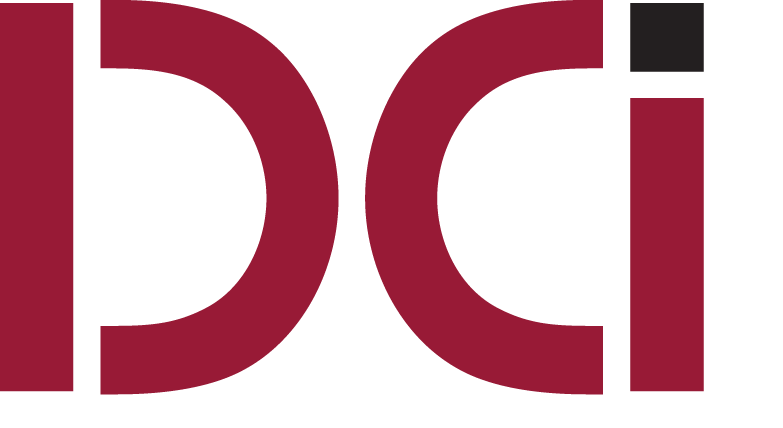MD
Dr Howard Bleich is Professor of Medicine at Harvard Medical School, and co-founded the Center for Clinical Computing at Beth Israel and Brigham and Women's Hospitals.
An essential element in learning is intent to learn. Going to a lecture or seeing an article does not involve the strong intent to learn that is associated with trying to care for a patient with a difficult problem. My research has focused on the use of computing to educate physicians at the point of patient care, where the intent to learn is greatest.
In 1967, I began trying to teach a computer to diagnose and treat electrolyte and acid-base disorders. I thought that if one computer anywhere could be taught to manage these disorders optimally, with proper communication, no practicing physician would have to retain mastery of pH, negative logarithms, and the Henderson-Hasselbalch equation. The program directed a dialog in which it requested clinical and laboratory information. When requested data were unavailable, the program proceeded with incomplete information. On the basis of the abnormalities detected it then asked further questions as needed to characterize the electrolyte and acid-base disturbances. On completion of the interchange, the program produced an evaluation note that resembled a remotely located consultant's discussion of the problem presented. The note included a list of diagnostic possibilities, an explanation of the pathophysiology, therapeutic recommendations, suggestions for additional laboratory studies, and precautionary measures required by the illness or its treatment. It concluded with a short list of pertinent references to the medical literature.
The program was the first to offer advice on therapy, and it attracted considerable attention. It was translated for use on other computers, and it was widely studied by scientists interested in artificial intelligence and expert systems. As a teaching tool it did well, and it is still in use at the Beth Israel Deaconess Medical Center. On the other hand, I was never able to get it to perform at the level required for unsupervised clinical use. And I became convinced that a computer program limited to one particular clinical problem would be unlikely to achieve widespread acceptance.
During the 1980's, I began to experiment with the MEDLINE database of references to the biomedical literature. MEDLINE contained references (including abstracts) from over 4000 journals, an important fraction of what was thought to be of value in medical science. But to search the MEDLINE database, physicians and scientists had to engage the services of a specially-trained reference librarian who used a program called ELHILL to perform the search. Efforts to train physicians to use ELHILL were uniformly unsuccessful.
PaperChase was the first program that permitted students, house officers, and practicing physicians to search the MEDLINE database themselves. It was installed in the Agoos Library of the Beth Israel Deaconess Medical Center, and (according to reliable data then available) within a year the hospital became the largest user of the MEDLINE database in the world. During 1996, at the Beth Israel Deaconess Medical Center, Brigham and Women's Hospital, and Massachusetts General hospitals, users spent over 36,000 hours searching PaperChase. Now used in 150 countries, PaperChase is available in the United States via CompuServe and other networks, in Canada via Datapac, in Australia via Auspac, and throughout the world via the Internet. The most common reason that physicians use PaperChase is to answer clinical questions. In the context of patient care, PaperChase provides medical information when the intent to learn is intense. The program has proved to be an important contribution to clinical teaching, and it has spawned a number of commercial services.
John Dewey advocated "learning by doing." The clinical computing systems that my colleagues and I have developed at Beth Israel Deaconess Medical Center and Brigham and Women's hospitals promote learning, not in the classroom, but in the context of caring for patients. Round the clock, students, house officers, and staff physicians look up information in the computer. For example, if a medical student stepping through a patient's electronic record discovered hyponatremia, a low blood urea nitrogen concentration, hilar adenopathy, and pleural effusion - findings indicative of inappropriate secretion of anti-diuretic hormone - the student could use the Electrolyte and Acid- Base program for a discussion of the pathophysiology and suggested treatment, search ClinQuery for other patients with similar clinical findings, search PaperChase to read abstracts online and get references for further study, and use electronic mail to communicate with other clinicians in the hospital.
At Beth Israel Deaconess Medical Center and Brigham and Women's hospitals, students, house officers, and staff physicians use our clinical computing systems over 30,000 times a day. They learn from the computer while they take care of their patients. To our knowledge, no other clinical computing systems anywhere are used by students and house officers to the extent that they are used at the Beth Israel and Brigham and Women's hospitals.

